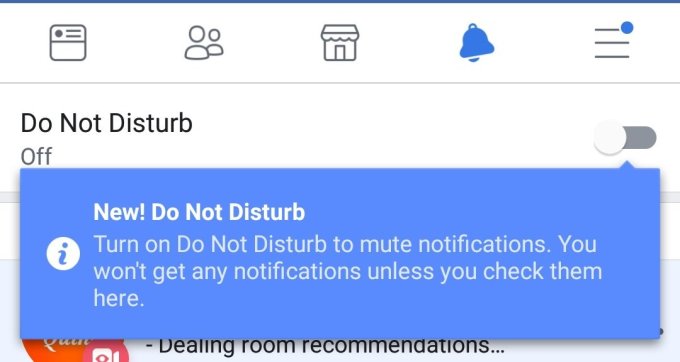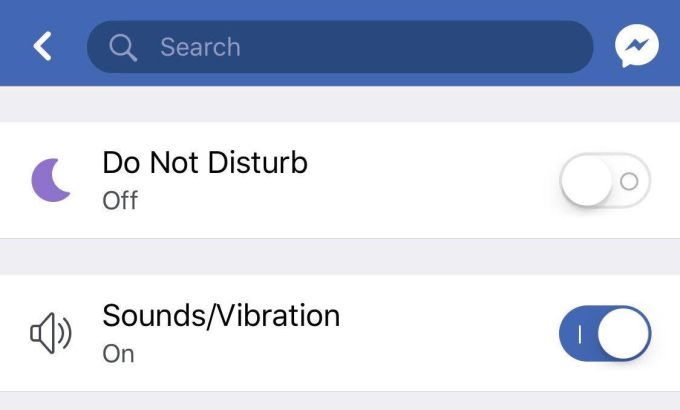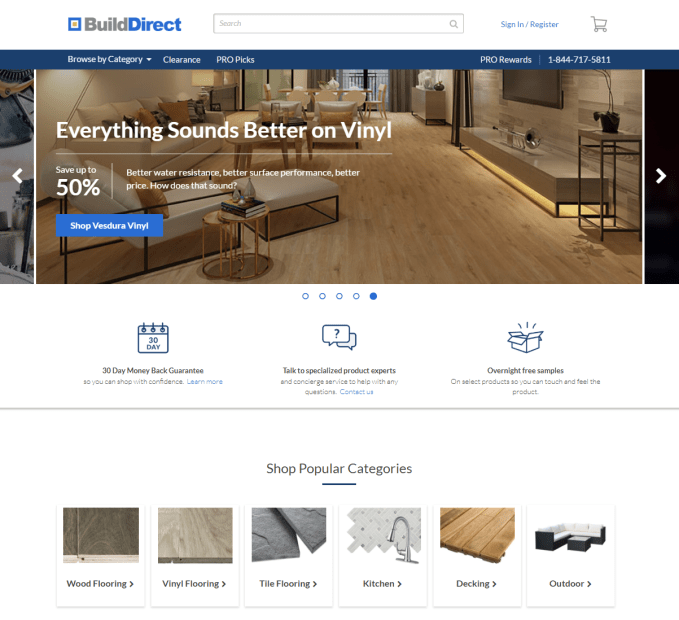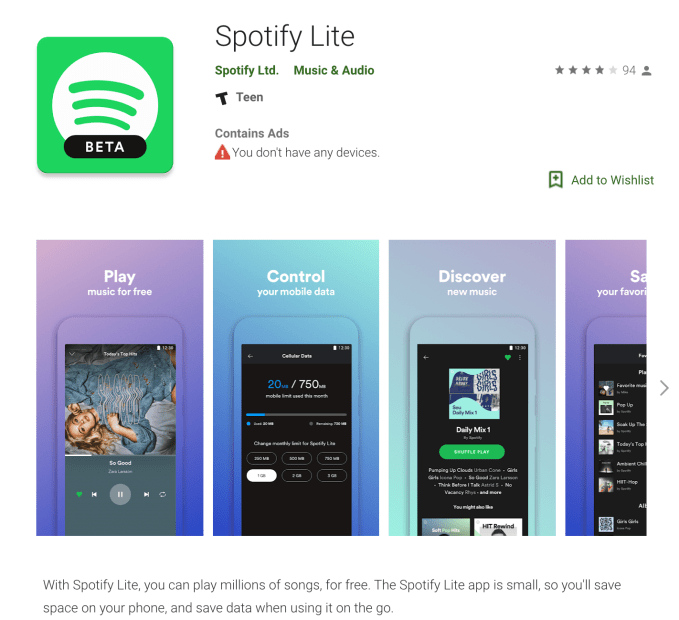There’s no lack of on-demand fresh meal services in Paris and its area. But what about the rest of France? FoodChéri has launched a new offering called Seazon to deliver fresh meals with no additive every week.
Seazon is a subscription service that delivers anywhere in France. You decide how many meals per week you want (4, 6, 8 or 10), and you decide what you like. You can also filter options if you’re vegetarian or vegan.
After that, you’ll start getting a weekly delivery from a refrigerated truck with all your meals. This could work particularly well for lunch at work. Maybe you don’t have time to cook lunch boxes or maybe you work in a company with few lunch options.
Seazon offers the same meals as the ones you can find on FoodChéri. The company uses fresh ingredients and organic food as much as possible. When it comes to sourcing, the company works directly with local farmers.
FoodChéri originally started as an online-only restaurant and delivery service. The company offers a dozen different options as well as a handful of starters and desserts. The company cooks everything in house and delivers to your office or home in half an hour or an hour.
You can still order on FoodChéri if you live or work in Paris or near Paris — the existing service is not going away. Back in January, corporate catering giant Sodexo acquired FoodChéri without folding the service into another Sodexo offering.
While many big French companies rely on Sodexo for their cafeteria, many small companies don’t have a cafeteria. FoodChéri lets you have a cafeteria experience without requiring a big kitchen and an expensive contract with a catering company.
This is a highly competitive market in Paris as there have been quite a few full-stack food startups over the past few years. Frichti and Nestor also have a somewhat similar approach. Popchef pivoted to serving corporate clients exclusively. 62degrés got acquired by La Belle Vie. Le Zeste’s team joined Frichti.

 Tesla Team
Tesla Team 
 “If there is one thing I don’t like to do, it’s repetitive work” Arbel tells me. “Creative people are much happier when working on creative tasks rather than repetitive, mundane work.”
“If there is one thing I don’t like to do, it’s repetitive work” Arbel tells me. “Creative people are much happier when working on creative tasks rather than repetitive, mundane work.”









